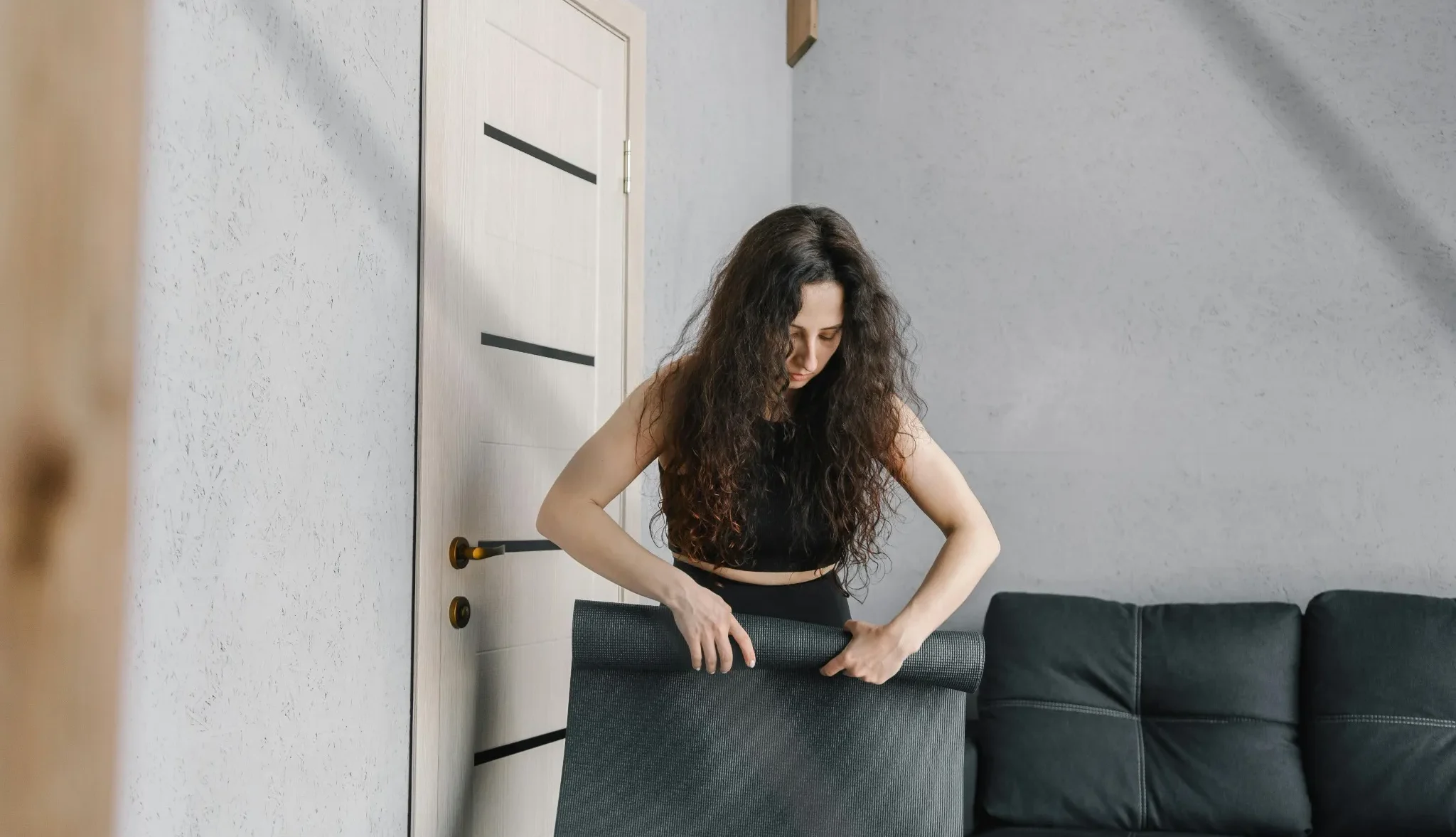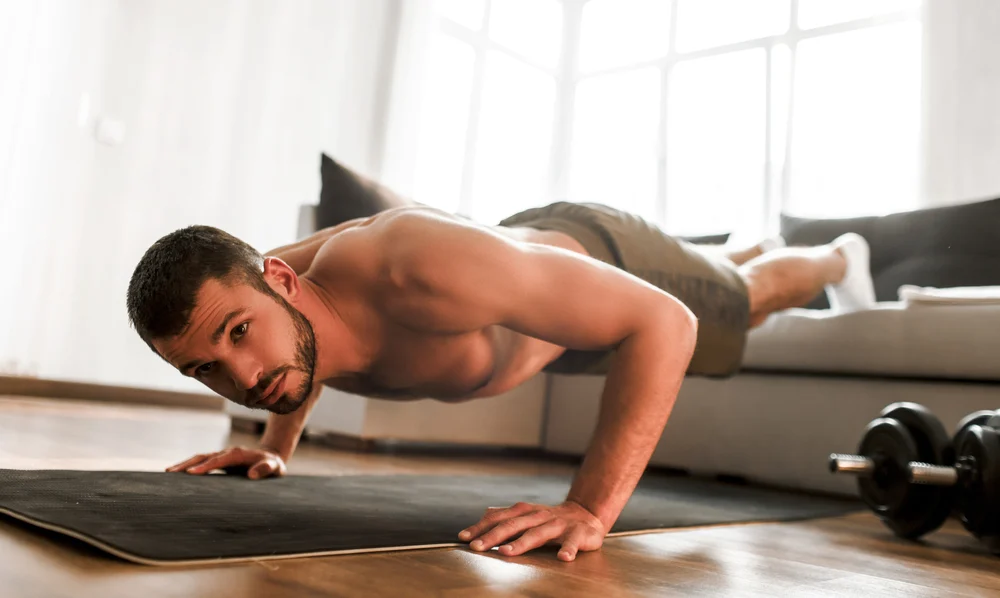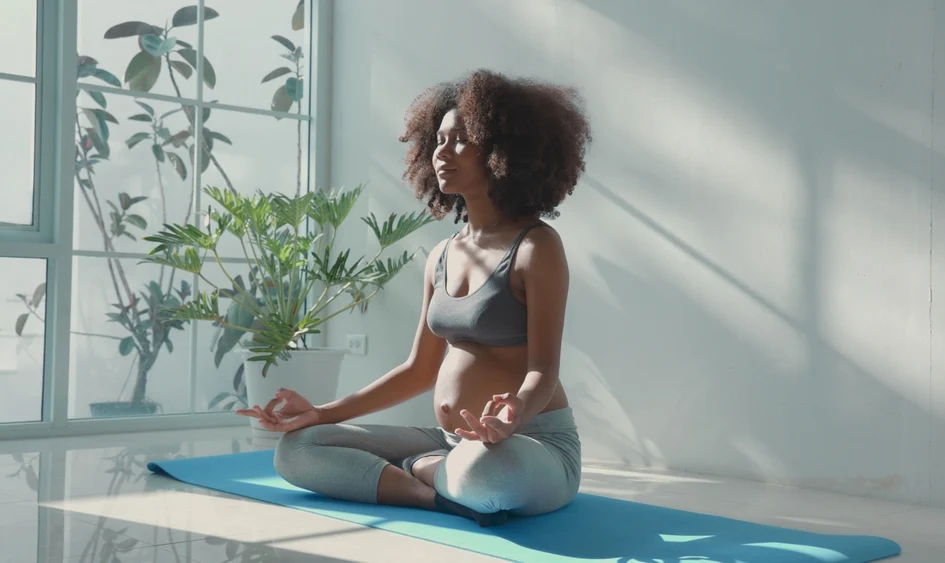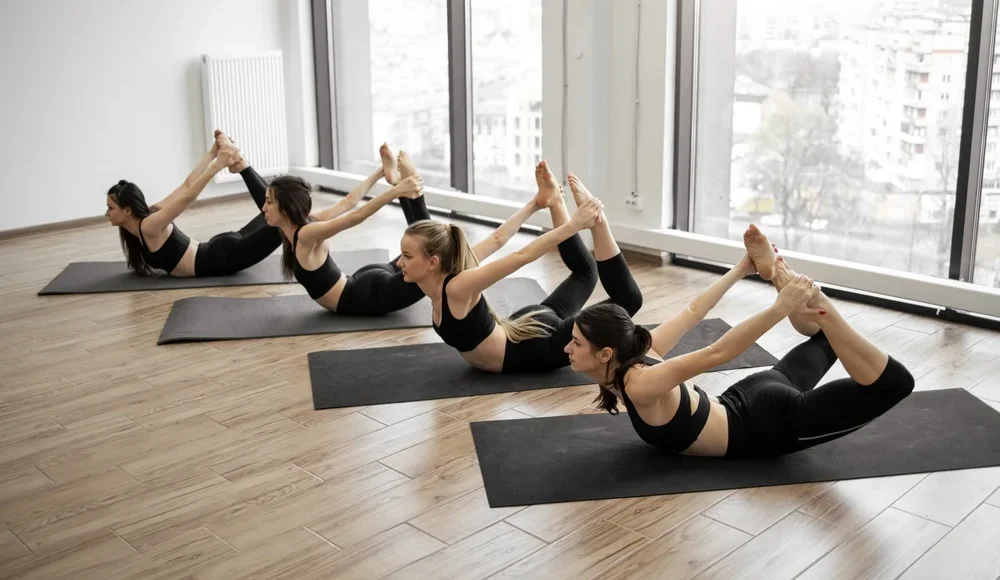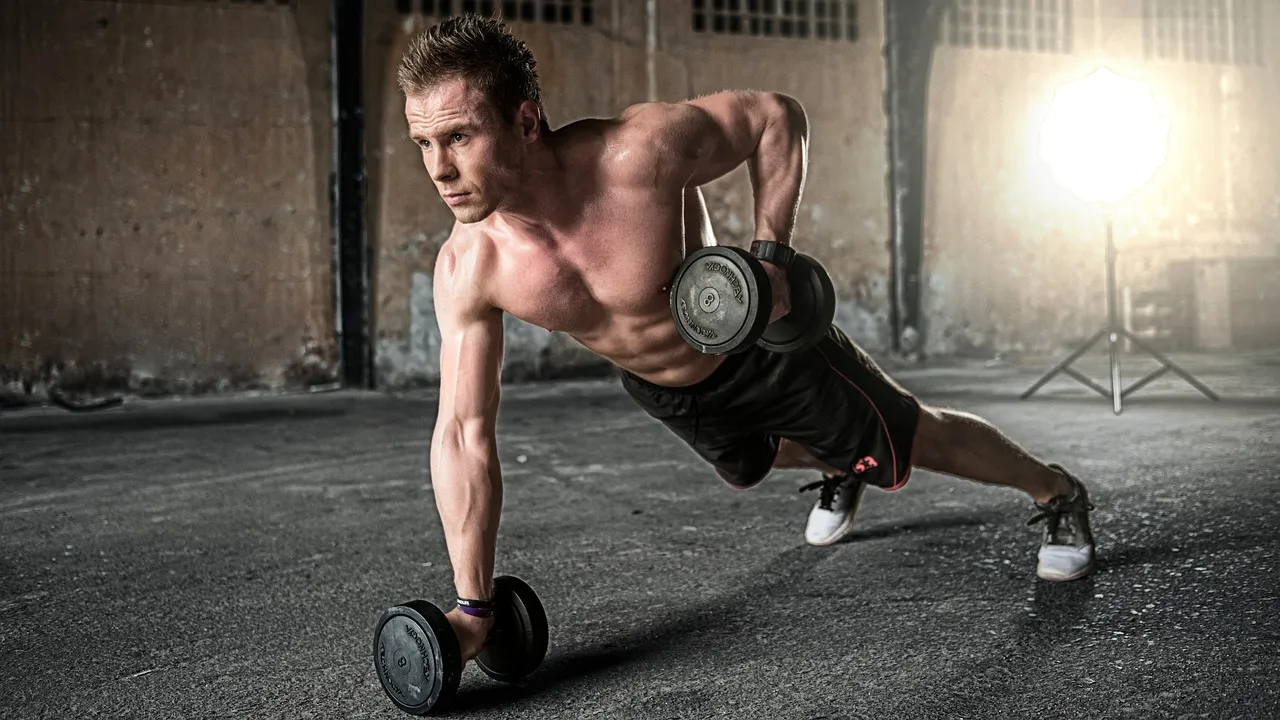
Staying active is crucial for maintaining physical and mental health, but going to the gym isn’t always feasible. Whether it’s due to a busy schedule, limited access to fitness facilities, or simply the comfort of working out at home, many people are turning to home exercises to stay fit. This detailed guide explores the best exercises you can do at home, catering to all fitness levels and goals.
Table of Contents
- Introduction to Home Workouts
- Benefits of Exercising at Home
- Essential Equipment for Home Workouts
- Warm-Up: Preparing Your Body
- Strength Training at Home
- Bodyweight Exercises
- Resistance Band Workouts
- Dumbbell Exercises
- Cardio Workouts Without Equipment
- Core and Abdominal Exercises
- Flexibility and Stretching Routines
- High-Intensity Interval Training (HIIT)
- Creating a Balanced Home Workout Plan
- Safety Tips for Home Workouts
- Conclusion
1. Introduction to Home Workouts
Home workouts provide a convenient and effective way to achieve your fitness goals. With minimal Best home exercises equipment and a bit of creativity, you can design a comprehensive routine that suits your needs, whether it’s building strength, improving endurance, or enhancing flexibility.
2. Benefits of Exercising at Home
- Convenience: No commute to the gym, saving time and effort.
- Cost-Effective: No gym memberships or expensive equipment needed.
- Privacy: Exercise in the comfort of your own space.
- Flexibility: Fit workouts into your schedule easily.
- Customizable: Tailor exercises to your fitness level and goals.
3. Essential Equipment for Home Workouts
While many exercises require no equipment, having a few essentials can enhance your routine:
| Equipment | Purpose |
|---|---|
| Yoga Mat | Provides comfort and grip for floor exercises. |
| Dumbbells | Great for strength training. |
| Resistance Bands | Offer adjustable resistance for various exercises. |
| Stability Ball | Improves core strength and balance. |
| Jump Rope | Ideal for cardio and coordination. |
4. Warm-Up: Preparing Your Body
Warming up is crucial to prevent injuries and improve performance. A typical warm-up routine includes:
- Dynamic Stretches: Leg swings, arm circles.
- Light Cardio: Marching in place, jumping jacks.
- Mobility Drills: Hip openers, shoulder rolls.
Spend 5-10 minutes warming up before starting your workout.
5. Strength Training at Home
Bodyweight Exercises
| Exercise | Targeted Muscles |
| Push-Ups | Chest, shoulders, triceps |
| Squats | Quads, glutes, hamstrings |
| Lunges | Legs, glutes |
| Plank Variations | Core, shoulders |
| Tricep Dips | Triceps, shoulders |
Resistance Band Workouts
Resistance bands are versatile and portable. Try these exercises:
- Banded Squats: Loop a band around your thighs for added resistance.
- Seated Rows: Mimic rowing motions for back strength.
- Bicep Curls: Build arm strength with controlled movements.
Dumbbell Exercises
Dumbbells allow for more variety in strength training:
- Overhead Press: Targets shoulders and triceps.
- Chest Press: Works the chest and arms.
- Deadlifts: Strengthens the back and hamstrings.
6. Cardio Workouts Without Equipment
Cardio exercises boost heart health and burn calories. Examples include:
- Burpees: Combine squats, push-ups, and jumps.
- High Knees: Alternate lifting knees to chest at a rapid pace.
- Mountain Climbers: Mimic running in a plank position.
- Jumping Jacks: A classic full-body cardio move.
7. Core and Abdominal Exercises
A strong core improves posture and stability. Include these in your routine:
| Exercise | Focus Area |
| Crunches | Upper abs |
| Leg Raises | Lower abs |
| Bicycle Crunches | Obliques |
| Russian Twists | Obliques and balance |
| Plank Variations | Full core engagement |
8. Flexibility and Stretching Routines
Flexibility exercises prevent stiffness and improve range of motion:
- Cat-Cow Stretch: Loosens the spine.
- Child’s Pose: Relaxes the lower back and hips.
- Hamstring Stretch: Eases tension in the back of the legs.
- Shoulder Rolls: Relieves tension in the shoulders.
- Butterfly Stretch: Targets inner thighs and hips.
9. High-Intensity Interval Training (HIIT)
HIIT involves short bursts of intense exercise followed by rest. Example routine:
| Exercise | Duration |
| Jump Squats | 30 seconds |
| Push-Ups | 30 seconds |
| Plank to Shoulder Tap | 30 seconds |
| Rest | 30 seconds |
| Repeat for 4-5 rounds |
10. Creating a Balanced Home Workout Plan
Combine different exercise types to create a weekly plan:
| Day | Focus | Example Activities |
| Mon | Strength | Push-ups, squats, lunges |
| Tue | Cardio | Jumping jacks, burpees |
| Wed | Core | Planks, bicycle crunches |
| Thu | Flexibility | Yoga or stretching routine |
| Fri | HIIT | High-intensity circuit training |
| Sat | Active Recovery | Light yoga or walking |
| Sun | Rest | Full recovery |
11. Safety Tips for Home Workouts
- Maintain Proper Form: Avoid injuries by focusing on technique.
- Start Slow: Gradually increase intensity.
- Stay Hydrated: Drink water before, during, and after workouts.
- Listen to Your Body: Stop if you feel pain or discomfort.
- Create a Safe Space: Clear any obstacles from your workout area.
12. Conclusion
Exercising at home is an effective way to stay fit and healthy. With a variety of workouts tailored to your Best home exercises goals, you can create a balanced and enjoyable fitness routine. Remember, consistency is key to achieving results. Start small, stay committed, and enjoy the journey to better health!


